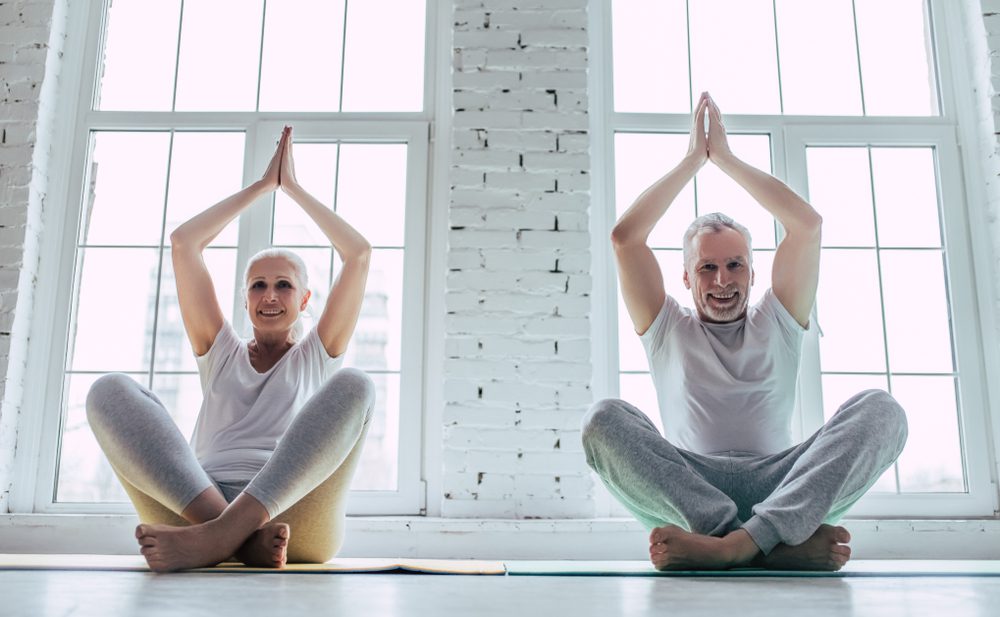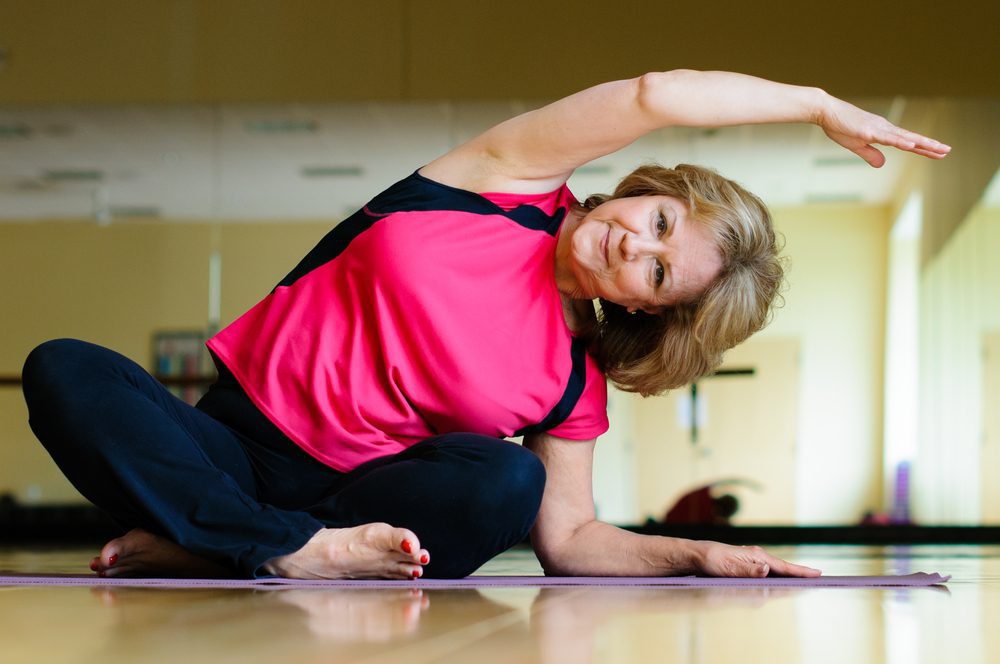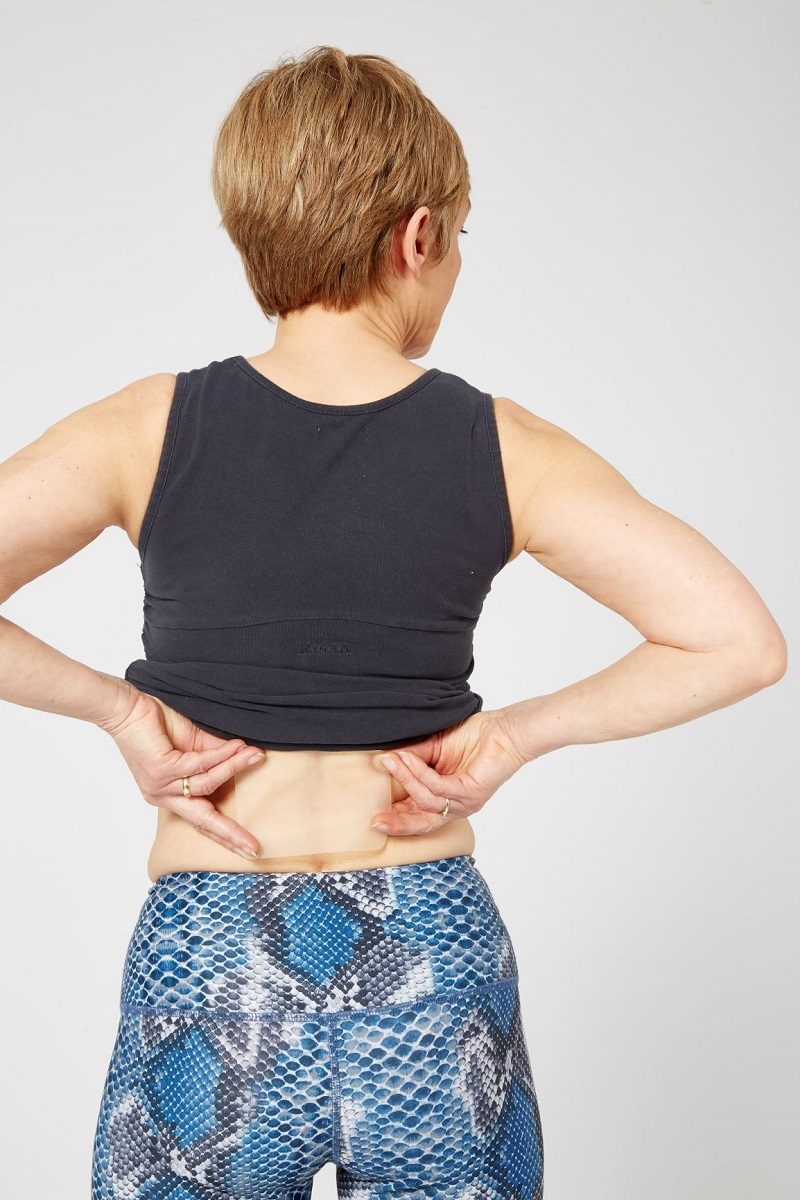
If you live with lower back pain, you’ll almost definitely have friends who have listened to your struggles, nodded wisely, then told you that you should really try yoga. If your well-intentioned confidants haven’t recommended yoga, they’ve probably told you that you simply must take up pilates.
Sometimes this type of advice is frustrating. Sometimes you just want someone to listen sympathetically without trying to fix things. However, there is a reason why your friends won’t shut up about yoga and pilates. For some people, these exercise techniques make a world of difference to bodily wellbeing.
If your friends have worn you down and you’ve been persuaded to give yoga or pilates a go, you may be wondering which practice will be best for your body, your lifestyle and your mindset. The key benefits of both are fairly similar; both are low impact (which means they don’t put excess stress on your body), low intensity (so they’re accessible to people of all abilities) and inclusive (perfect for all body types and fitness levels). But what about the main differences?
What is the Difference Between Yoga and Pilates?
Pilates was invented and brought to the United States by Joseph Pilates in 1923, making it a much younger discipline. Initially designed to support the rehabilitation of World War I soldiers, this practice aims to strengthen your core muscles, in order to provide your body with more effective support in your everyday life. Pilates uses small movements that strengthen your stabilising muscles, sometimes using equipment such as springs and levels, but often using your body weight alone as resistance.
Yoga is a far older practice, with ancient roots. Today there are many different types of yoga, all with a different focus. While Jivamukti yoga places emphasis on our connection to Earth as a living being, Kundalini yoga focuses on releasing trapped energy in the body. Yin yoga, meanwhile, is a very slow practice, which involves holding postures for long periods.
Other yoga styles, such as Vinyasa and Ashtanga are typically more focused on undertaking a series of postures in tune with your body, breath and mind. These yoga types may be better for beginners looking to find their way with yoga.
So, what about the key differences? Broadly speaking, yoga focuses on stability and flexibility, while pilates is all about stability and strength. Breathing is an important part of both practices, but while connecting with your pranayama (breath) has a more spiritual aspect in yoga, breathwork in pilates is geared towards improving core strength.
What are the Benefits of Yoga for Back Pain?
Yoga can certainly be a more spiritual practice (although this depends on your yoga style and yoga teacher). This may not be right for some people, but for others it can be hugely beneficial for mental health. Many yoga classes include moments for meditation and mindfulness, both of which are often recommended for individuals who live with chronic pain.
Beyond the spiritual and mental benefits of yoga, this practice offers many physical benefits for those with back pain. The exercise style can strengthen muscles, increase flexibility and improve your balance – all of which could help support your back in everyday life.
What are the Benefits of Pilates for Back Pain?
Pilates may not offer as many mental health benefits, but for those who prefer more straightforward exercise, the less spiritual aspect of pilates may be preferable. The physical practice itself is believed to strengthen core muscles which support your lower back, reduce the risk of incurring future injuries and improve your overall posture.
So… Which is Best for People with Lower Back Pain?
Pilates is widely believed to have advantages over yoga when it comes to lower back pain. This is because yoga often includes deeper backbends (such as cobra position) which can aggravate lower back pain. Although pilates also focuses on flexibility, its movements are typically less intense and are coupled with many more core strengthening exercises. These smaller, more stabilising movements help to build up key muscle groups, which can ultimately offer better protection for your spine.
However, the decision between yoga and pilates really boils down to personal preference – and your teacher. While yoga can include deep backbends and more extreme postures (which may not be suitable for those with lower back issues), the right teacher will not allow you to undertake postures which are not suitable for your body. If you are able to find a good yoga teacher who understands your needs, the risks posed by yoga compared to pilates diminish radically.

Before You Bend…
Whichever practice you choose, it’s very important to listen to your body and look after it while exploring exercise options. For example, you should always consult your doctor or relevant health professional before embarking on a new exercise regime, particularly if you suffer from an ongoing health condition.
It’s also important to talk to your teacher about your body’s needs and to find a trusted teacher with good reviews. When yoga or pilates are taught well, they can both offer great benefits, but poor teaching and poor practice could actually aggravate existing conditions.
There are lots of other wellbeing-boosting steps you could consider in tandem with your new practice, from ensuring you are well hydrated, to using our large active patches which deliver vitamin D and dextrose directly to your lower back. Other helpful steps include not eating a heavy meal before class, and arriving a little early so you can talk to your instructor about your particular needs.

Over to You!
Have you tried yoga or pilates for back pain? Perhaps you have tried both? We’d love to learn from your experiences. Do you have any yoga poses which have made a big difference to your back pain? Or any pilates exercises you swear by? Share your story with our other readers.



